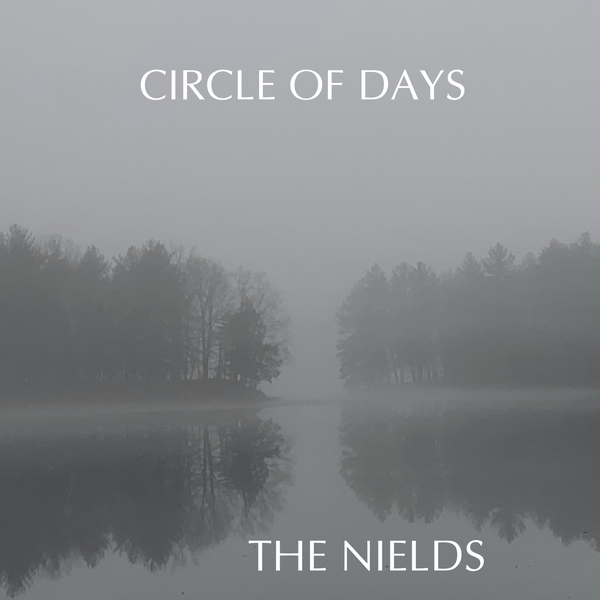The Nields
Circle of Days

So we present Circle of Days. The songs work as a yearly cycle of sorts.
“Darkest Day of the Year” is for the winter solstice, usually Dec. 21.
“New Year’s Day” is January 1, duh.
“Brigid” is an Imbolc song (Feb 2, AKA Groundhog’s Day, AKA St. Brigid’s Day).
“When I Was a DJ” takes place, in my mind, off the coast of Nova Scotia, in a season that is always late winter.
“Magnificat” is…well, given that we don’t really know Jesus’s birthday, see below, we therefore don’t know when the angel Gabe let Mary know that she was pregnant. But if he WAS born on Dec. 24, then March 24 would be the conception date.
“Death & Resurrection” is for Easter.
“That’s What We Do” is a graduation song, so it comes in late Spring.
“Angel on the Roof” is a song anticipating the bounty of summer, though for now, the silos are all empty.
“Amen” looks ahead to the winter, the death of the year, but not the death of the soul.
“Comic Books and Movies” is a Thanksgiving song, as it begins with a drive up I-95 to visit our grandmother.
“Working on a Building” is a deep winter song. The line “The giants who have wrecked the creek is a notion Katryna had when noticing the boulders of ice formations that looked like a giant had come stomping along the river, breaking all the ice as it moved.
* The initial conception for Circle of Days was for twelve songs: a song of the month.
But we don’t have 12 songs. This is just as well.
Given the pagan themes in these songs, it’s fitting to have only eleven. The Romans (whose Julian-turned-Gregorian calendar the Western World still uses) had a 10-month calendar for many a century. You Latin scholars, of course, have noticed that September, October, November and December all sound suspiciously like “Seven, Eight, Nine, Ten,” and that’s no coincidence.
December used to be the 10th month. The new year was celebrated at the Saturnalia (Winter Equinox, what later Christians co-opted for Jesus’s Birthday Party. As recently as 1751, Americans celebrated the new year on March 25. Before Julius Caesar, the Roman calendar just had ten months, with a long 61-day winter that had no name at all. Which makes sense.
